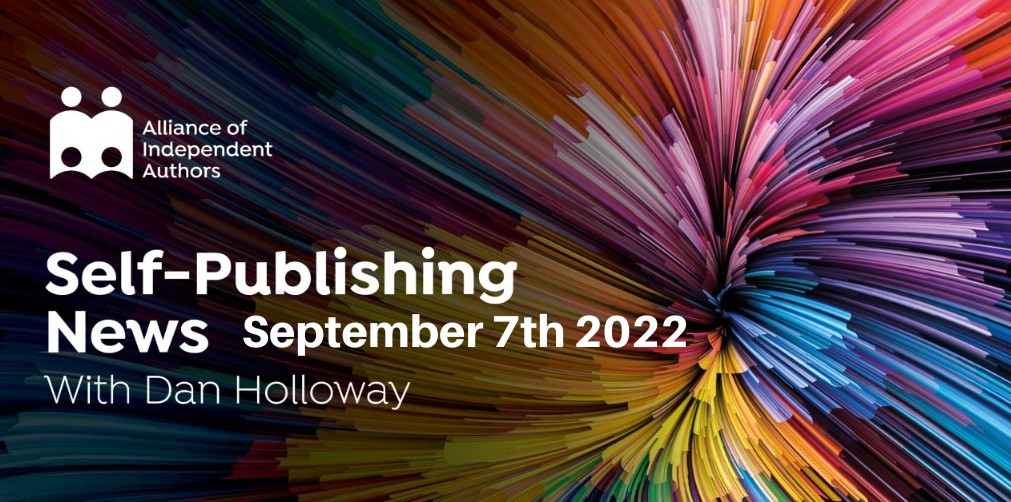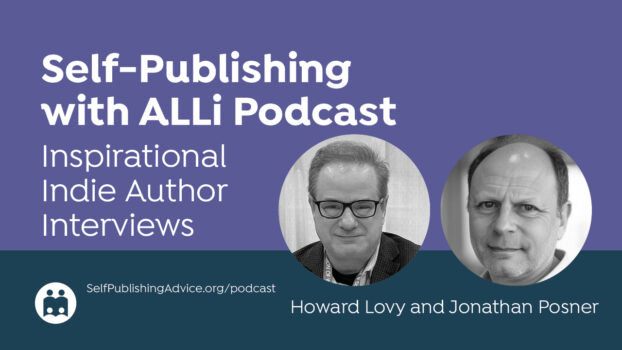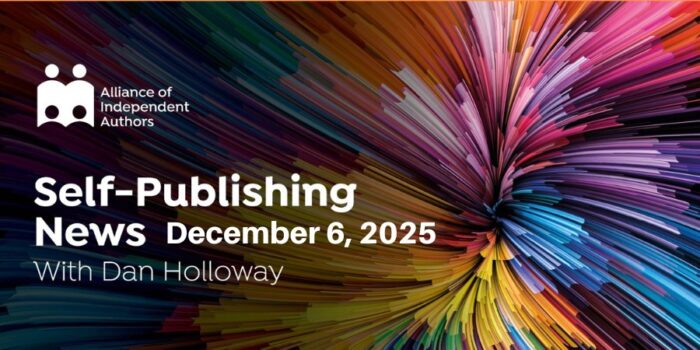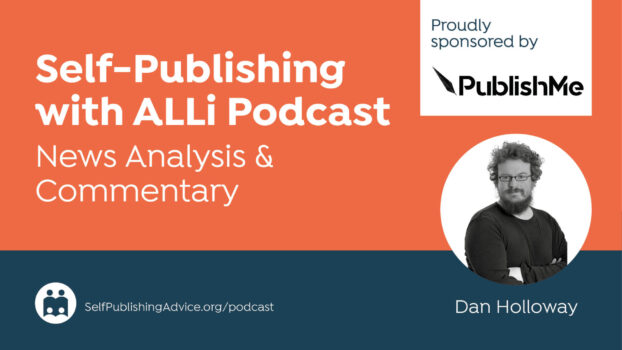In this week's Self-Publishing News Special, ALLi News Editor Dan Holloway looks at a new set of criteria for hybrid publishers from the Independent Book Publishers Association intended to stamp out exploitative practices.

ALLi's News Editor Dan Holloway
This week's #indieauthorchat is tonight, Wednesday 24 August, at 8pm UK time, 3pm Eastern Time. Tim will be talking with us about whether some times of year are better for publishing than others.
New Criteria for Hybrid Publishers after Recent Concerns
Earlier this year the UK’s Society of Authors called for a reform of hybrid publishers. Their report’s title asked a question that wasn’t leading at all: “Is it a Steal?” The report condemned marketing tactics and contracts. But at the heart of the criticism were some very simple, and very damning, figures:
“94% of writers who had paid to have their book published, lost money typically in the thousands, paying an average of £2,000 with median royalties coming in at a mere £68.”
Ouch.
This week, the Independent Book Publishers Association has taken concrete action. For it to consider a company a genuine “hybrid publisher” that company now has to meet new criteria. I’d recommend you read the full details, but I’ve highlighted the key criteria below. As you see, they seek to tackle precisely those problems the Society of Authors highlighted.
Some of their commentary is also really useful. There is a real emphasis on the selective nature of hybrid publishers. They won’t publish everything. That’s key because it means they care not only about their reputation, but about making money from a saleable book. That is to say, unlike vanity presses, authors aren’t their only customers. The IBPA also makes the point that whoever pays for services such as cover design or editing, if a publisher is genuinely hybrid then it’s their job to make sure the quality is up to standard.
It means that if a hybrid publisher is a member of the IBPA, you should have some confidence in them being more than a vanity press. You should, of course, also check to see if they have an ALLi watchdog rating.
The new IBPA criteria
- Define a mission and vision for its publishing program.
- Vet submissions.
- Commit to truth and transparency in business practices.
- Provide a negotiable, easy-to-understand contract for each book published.
- Publish under its own imprint(s) and ISBNs.
- Publish to industry standards.
- Ensure editorial, design, and production quality.
- Pursue and manage a range of publishing rights.
- Provide distribution services.
- Demonstrate respectable sales.
- Pay authors a higher-than-standard royalty.
Do check out ALLi’s post from a couple of years ago on the pros and cons of becoming a hybrid author. And you may well be interested in the joint webinars that ALLi and the IBPA are holding later this month. One (here) is for those in the Northern Hemisphere. And one (here) for those in the Southern Hemisphere. Both will take a look, fittingly, at best practices in self-publishing.
New self-publishing platform for manga
If you’re looking for the most consistently upbeat trend in self-publishing news in recent years, you might think that’s audiobooks. But that would be to ignore the truly stellar growth of the graphic. Graphic novels have always been big business. High-profile screen adaptations haven’t hurt. The Sandman adaptation has certainly been the highlight of my year in culture so far.
The Comics Plus platform recorded half a million downloads in the first half of this year as an example of that success. And comics are a big thing on Kickstarter.
What’s changed the game for indie authors is the availability of mainstream platforms on which to publish our work. And this week sees the announcement of another platform for us to do so. Manga Plus Creators will focus on selling English and Spanish language manga to Japan. It stems from a deal with MediBang, whose Paint and JUMP apps help with creating the artwork.
Art Generated by AI is Winning Prizes Now. Is this the Beginning of the End for Cover Designers?
I talk a lot in this column about artificial intelligence. Many writers talk a lot about it. Some of us are excited at how we can work with it to understand the mechanics of writing, or simply find audiences more effectively. Many worry what the future will hold. None more so of late than the voice artists who help us break into the exciting audiobook market.
But this week, one of the most popular uses for AI fell under the spotlight. I’ve talked about some of the issues with AI-generated art in recent weeks. Most notably those that focus on copyright. But this week it was the quality of the art that was under the spotlight. And by that, I mean the high quality.
Jason Allen won first prize in the digital art category at the Colorado State Fair art prize. And he used AI to create, or generate, it, specifically the Midjourney app. The artwork is reminiscent of a lot of fantasy art, drawing heavily on influences of the likes of John Martin, whose 19th century visions of heaven and hell captivated me as a child.
Artists are not happy. And it has provoked the inevitable debate about the possible end reach of automation. Whatever side of that debate you come down on, the implications for our industry are clearly similar to that of AI-generated narration. That is to say, it means two interrelated things. First, lower financial and administrative barriers to indie authors entering more markets with high-quality products and having a lower break-even point. And second, those in the parts of the industry who provide essential services to us will find it harder to make a living.
Self-publishing News: Independent Book Publishers Association Launches New Criteria for Hybrid Publishers to Tackle Exploitative Practices Share on XUpcoming Conferences and Events
Free ALLi & IBPA joint webinars on best practices in self-publishing
Bay Area Independent Publishers Association (BAIPA) – Zoom meetings the 2nd Saturday of each month




